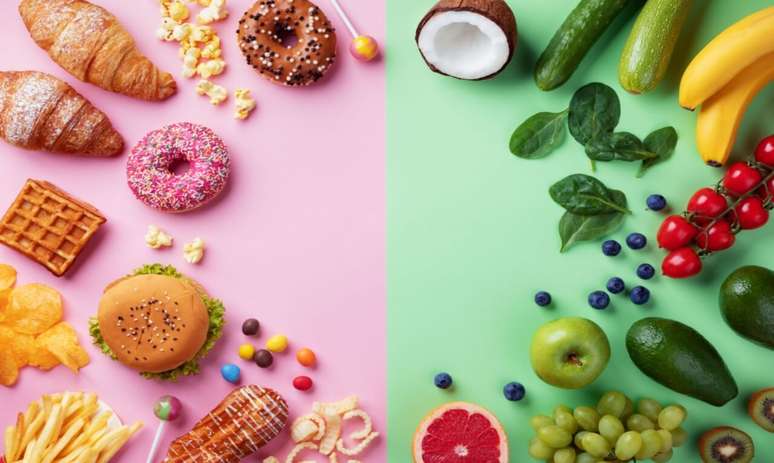Nutrition is a real challenge for patients with diabetes, both type 1 and type 2 of the disease. View expert advice
Brazil is the fifth country with the highest incidence of diabetes in the world. According to the International Diabetes Federation (IDF), there are 16 million diabetics in the country, a number that could reach 21.5 million people by 2030. And, of all the challenges in tackling the disease, one of the main it’s nutrition. mainly due to the need to control the consumption of sugars and carbohydrates.
For Beatriz Scher, who was diagnosed with type 1 diabetes at the age of six, when the person discovers the disease, adapting her diet seems to be a challenge. Dr. Christian Aguiar, an authority on preventative and natural health, explains that having a nutritional strategy makes a big difference in symptom control and quality of life for people with diabetes.
“Dealing with diabetes itself is difficult. However, exposure to sweets, fast food, alcoholic beverages and other delicacies ends up being an obstacle for those who have recently discovered the disease”, says the diabetic influencer, who talks about the disease on means of social communication.
She says that, in her case, being diagnosed when she was still a child allowed her to grow up knowing what she should and shouldn’t eat. That made things a little less difficult. “However, the biggest complaint from my newly diagnosed followers is this difficulty adjusting to their new life,” she reveals.
The different types of diabetes
Type 1 diabetes is usually diagnosed during childhood and adolescence. It arises due to reduced or lack of insulin production. Because of this low production, the pancreas cannot control glucose.
Type 2 diabetes is diagnosed primarily in adults over the age of 40 and in older adults. The disease can arise due to a sedentary lifestyle, poor diet, obesity and stress.
In type 2, unlike type 1, insulin is still produced in the body, however there is resistance to its action in the body. According to Christian, despite the difference, monitoring with specialists is important in both situations, since nutrition can be a great ally to ensure a better quality of life.
Food for diabetic patients
According to the doctor, for diabetics and for those who want to prevent the disease, the low carb diet is the most recommended. This is because it reduces the consumption of the major sources of carbohydrates, such as bread, pasta, sweets and all foods that contain a lot of flour in their production.
“The ideal is that the maximum daily consumption is between 100 and 150 g of carbohydrates. Another food to avoid and consume in moderation is sugar, it causes an overload of the pancreas which, consequently, is unable to produce enough insulin to lower glucose levels”, recommends the doctor.
Fruit consumption also deserves attention
Christian emphasizes being careful about fruit consumption, especially in the form of juice. This is because to prepare a single glass requires a greater quantity of fruit, which equates to a higher sugar level in the body.
“When we consume a lot of sugar, we reduce mitochondrial function, the pancreas overworks and therefore increases insulin resistance in the body. And these changes harm the health of diabetics,” he explains.
Daily attention and care
The diabetes influencer warns his followers about the need for medical and nutritional monitoring, as well as carefully reading packaging and labels to make informed choices, opting for products in line with individual nutritional needs.
Additionally, Bia emphasizes the importance of making blood sugar corrections if necessary. Encourage people with type 1 diabetes to always have their insulin pen with them in addition to their glucose meter. Knowing that many women are reluctant to carry with them their accessories that monitor and stabilize the disease.
To conclude, Dr. Christian Aguiar has put together some tips for diabetics to prepare meals. Watch:
- Avoid consuming processed meats, such as bacon, sausage, salami, etc.;
- Avoid drinks with high sugar content, such as natural juices, soft drinks and energy drinks;
- Avoid eating refined carbohydrates, such as bread, cakes, pasta, even in the high-fat version;
- Avoid consuming fried foods, as they are highly inflammatory and increase insulin resistance.
Source: Terra
Ben Stock is a lifestyle journalist and author at Gossipify. He writes about topics such as health, wellness, travel, food and home decor. He provides practical advice and inspiration to improve well-being, keeps readers up to date with latest lifestyle news and trends, known for his engaging writing style, in-depth analysis and unique perspectives.









